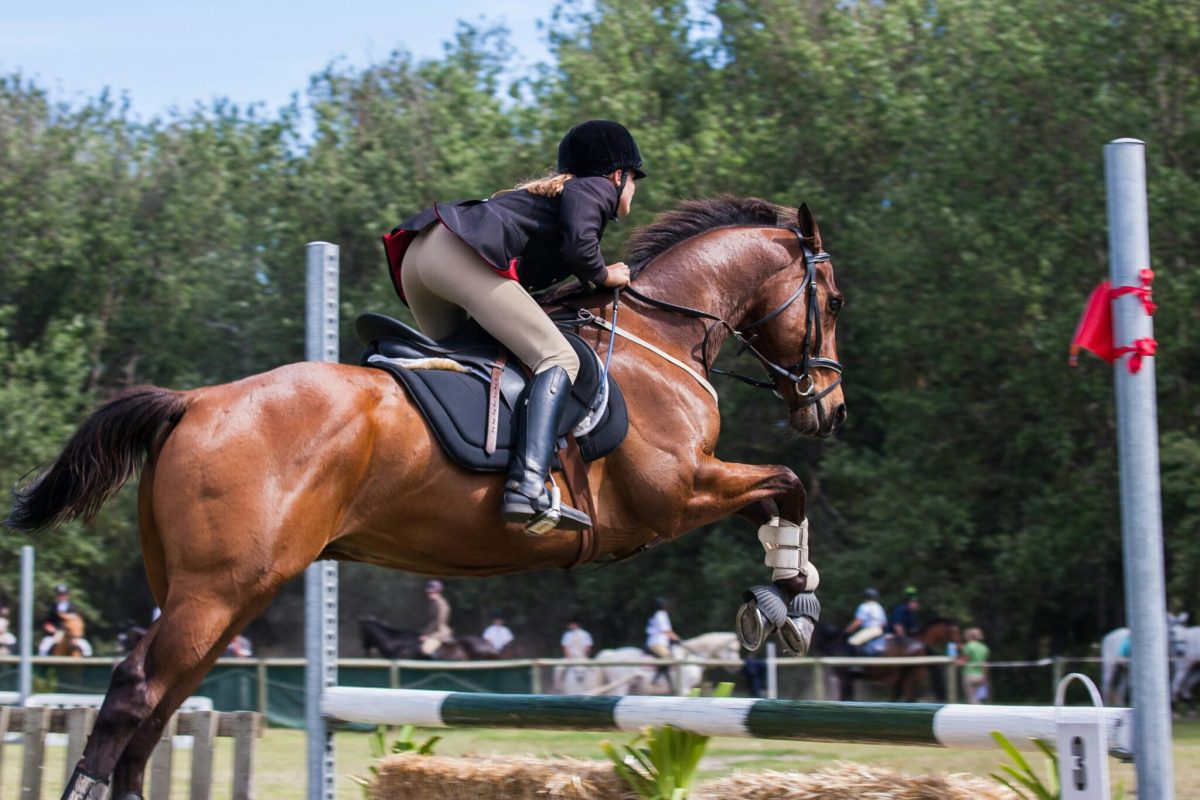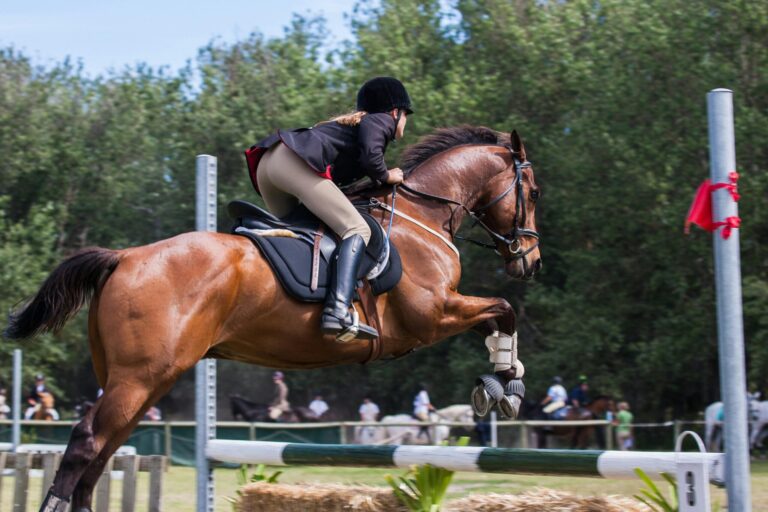During the FEI General Assembly in Hong Kong on 7 November 2025, a significant amendment to the Jumping Rules was approved. The revised Article 259 changes the way cases involving visible blood on a horse are handled. This amendment will enter into force on 1 January 2026.
According to the FEI, the purpose of the revision is to enhance transparency and consistency in the assessment of incidents where blood is visible — a topic that has been the subject of ongoing debate within the show jumping community for years.
See the official FEI press release here: https://inside.fei.org/media-updates/fei-general-assembly-approves-restructured-fei-jumping-rules
What Does the New Rule Entail?
Previously, blood visible on a horse’s flank(s) almost automatically led to elimination. Under the new Article 259, this is replaced by a system of Jumping Recorded Warnings:
- Blood caused by the rider or tack: the combination receives a Recorded Warning (similar to a yellow card).
- Second warning within 12 months: automatic suspension for one month and a fine of CHF 1,000.
- Blood resulting from, for example, a bitten lip or tongue: no warning if the horse is declared fit to compete.
- Excessive use of spurs or whip: continues to lead to immediate disqualification, with the possibility of further disciplinary action.
In all cases, the Ground Jury, in consultation with the Veterinary Delegate, determines whether the horse may continue to compete. The decision is officially documented.
Purpose of the Amendment
With this amendment, the FEI aims to introduce greater nuance between injuries caused by unfortunate circumstances and those resulting from human action. At the same time, the new rule is intended to promote horse welfare through consistent enforcement and improved reporting.
However, not all member federations are convinced. The Royal Dutch Equestrian Federation (KNHS), together with nineteen other countries, voted against the proposal. According to Technical Manager Laurens van Lieren, the rule is “not sufficiently decisive, clear, or transparent.” The Netherlands expressed concerns that the scope for interpretation is too broad and that sanctions could be applied inconsistently in practice.
Legal Considerations
For riders, owners, and trainers, the new blood rule introduces both opportunities and risks:
- Evidence and documentation: always ensure that the findings of the jury and the veterinarian are properly recorded; this is crucial in case of a dispute.
- Repeat offences within 12 months: keep a record of any warnings received, including at international competitions.
- Differences in interpretation: national federations may apply additional provisions; always check the applicable local regulations.
- Reputational and welfare aspects: even without a formal sanction, visible blood may lead to negative publicity or sponsorship issues.
- Procedural rights: if there is disagreement about the assessment or the sanction imposed, seeking legal assistance is advisable.
Implications for Practice
The focus shifts from automatic elimination to controlled assessment and warning. While this may seem more lenient, it actually introduces more legal grey areas. For professionals in show jumping, it is now more important than ever to act proactively, ensure proper equipment use, and remain well-informed about regulatory developments.
Got any questions?
As specialists in equine law with extensive experience in disciplinary and doping matters, we are available to assist you with any questions regarding these changes.
Please feel free to contact us at info@schelstraete.nl or +31 13 511 4420.


